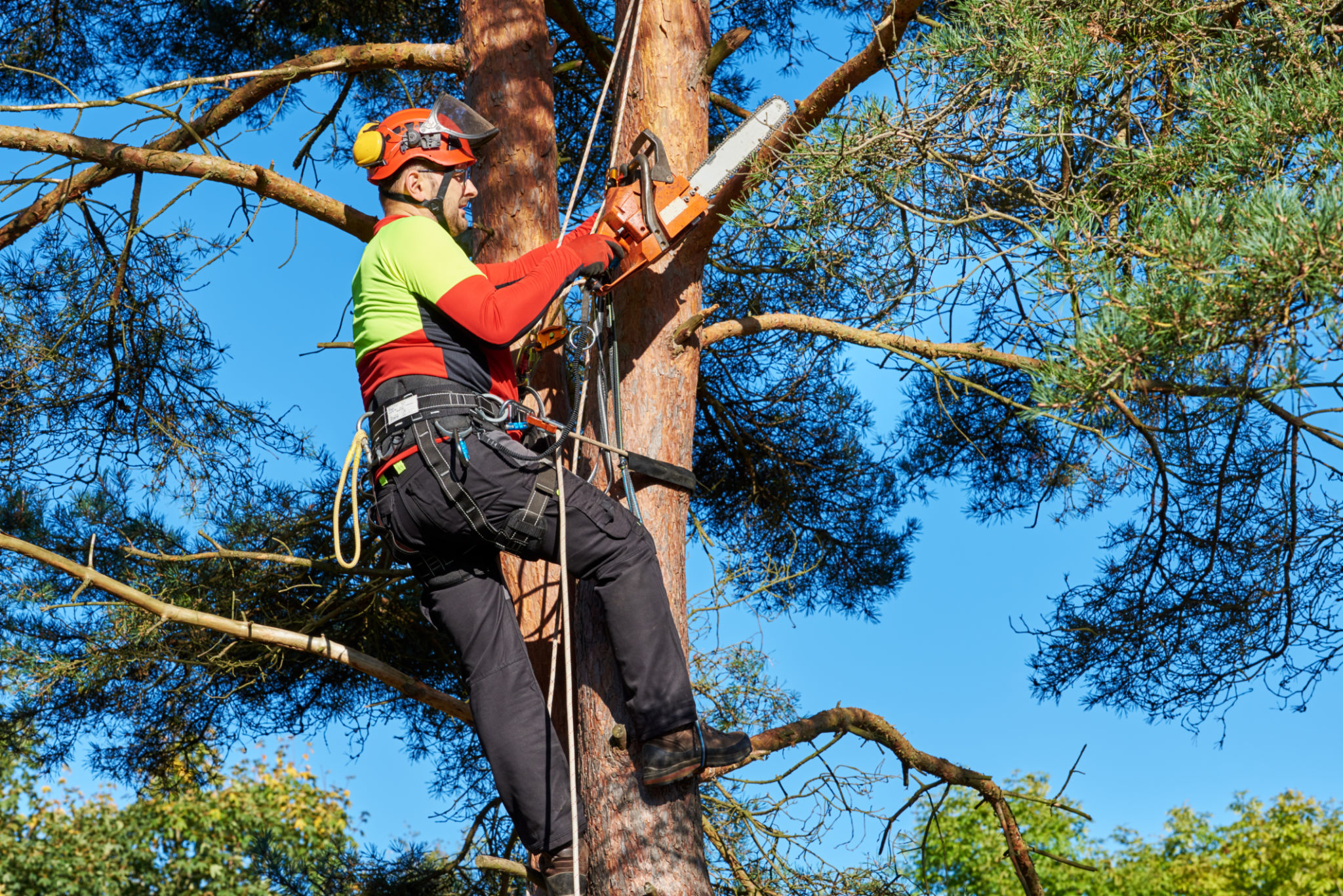DIY Tree Pruning: Expert Tips for Safe and Effective Tree Maintenance
Understanding the Basics of Tree Pruning
Tree pruning is an essential part of tree maintenance that not only enhances the tree's appearance but also promotes its health. Whether you're a gardening enthusiast or a homeowner who takes pride in a well-maintained yard, knowing the basics of pruning can make a significant difference. Understanding when and how to prune can prevent damage and ensure your trees thrive for years to come.
Pruning helps remove dead or diseased branches, allowing more sunlight and air to reach the healthy parts of the tree. This encourages robust growth and can prevent potential hazards caused by falling branches. It's important to approach pruning with a clear plan and the right tools to ensure safe and effective results.

Choosing the Right Tools for Pruning
Having the appropriate tools is crucial for successful tree pruning. Basic tools include hand pruners, loppers, and pruning saws. Hand pruners are ideal for small branches, while loppers are designed for thicker branches up to 2 inches in diameter. For larger branches, a pruning saw is necessary. Ensure that all tools are sharp and clean to make precise cuts and prevent the spread of disease.
Investing in quality tools not only makes the job easier but also ensures the health of your trees. Dull or inappropriate tools can cause jagged cuts that may invite pests and diseases, compromising the tree's health.
When Is the Best Time to Prune?
The timing of your pruning efforts can greatly impact the effectiveness of the process. Generally, late winter or early spring is the best time to prune most trees, as they are still dormant, making it easier to identify which branches need removal. Pruning during this time also minimizes sap loss and stress on the tree.

However, certain trees may have specific pruning requirements. For instance, flowering trees should be pruned after blooming to avoid cutting off next season's buds. Always research the specific needs of your tree species before proceeding.
Pruning Techniques for Safety and Health
Adopting the right techniques can make a world of difference in tree pruning. Begin by removing any dead, diseased, or damaged branches. Next, focus on improving the tree's shape by cutting back overgrown areas. When making cuts, do so at a slight angle just above a bud or branch junction to encourage new growth.
Be mindful of your safety when pruning. Wear protective gear such as gloves and safety glasses, and never attempt to prune branches near power lines or those that require a ladder if you're not confident in your ability.

Understanding Tree Pruning Mistakes
Avoid common pruning mistakes to maintain tree health and aesthetics. Over-pruning, also known as topping, can severely stress a tree, leading to weak growth or even death. Another mistake is making flush cuts that remove the branch collar—an area crucial for healing after cuts. Always leave the branch collar intact to promote natural healing.
By understanding these pitfalls, you can maintain healthier trees that enhance your landscape and provide long-lasting beauty and shade.
